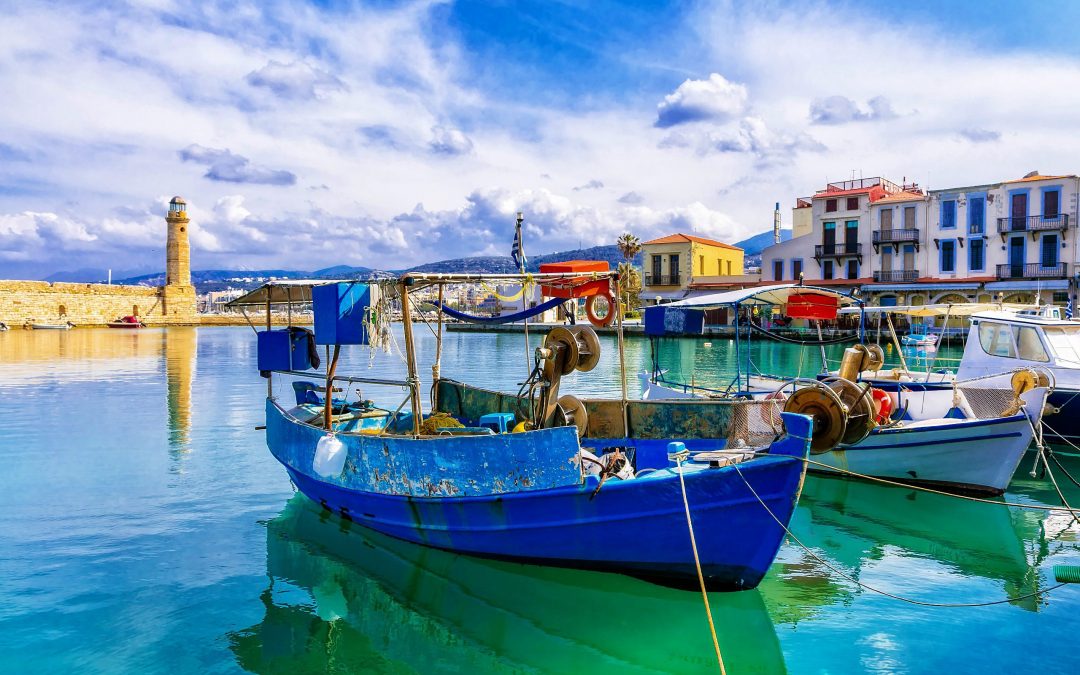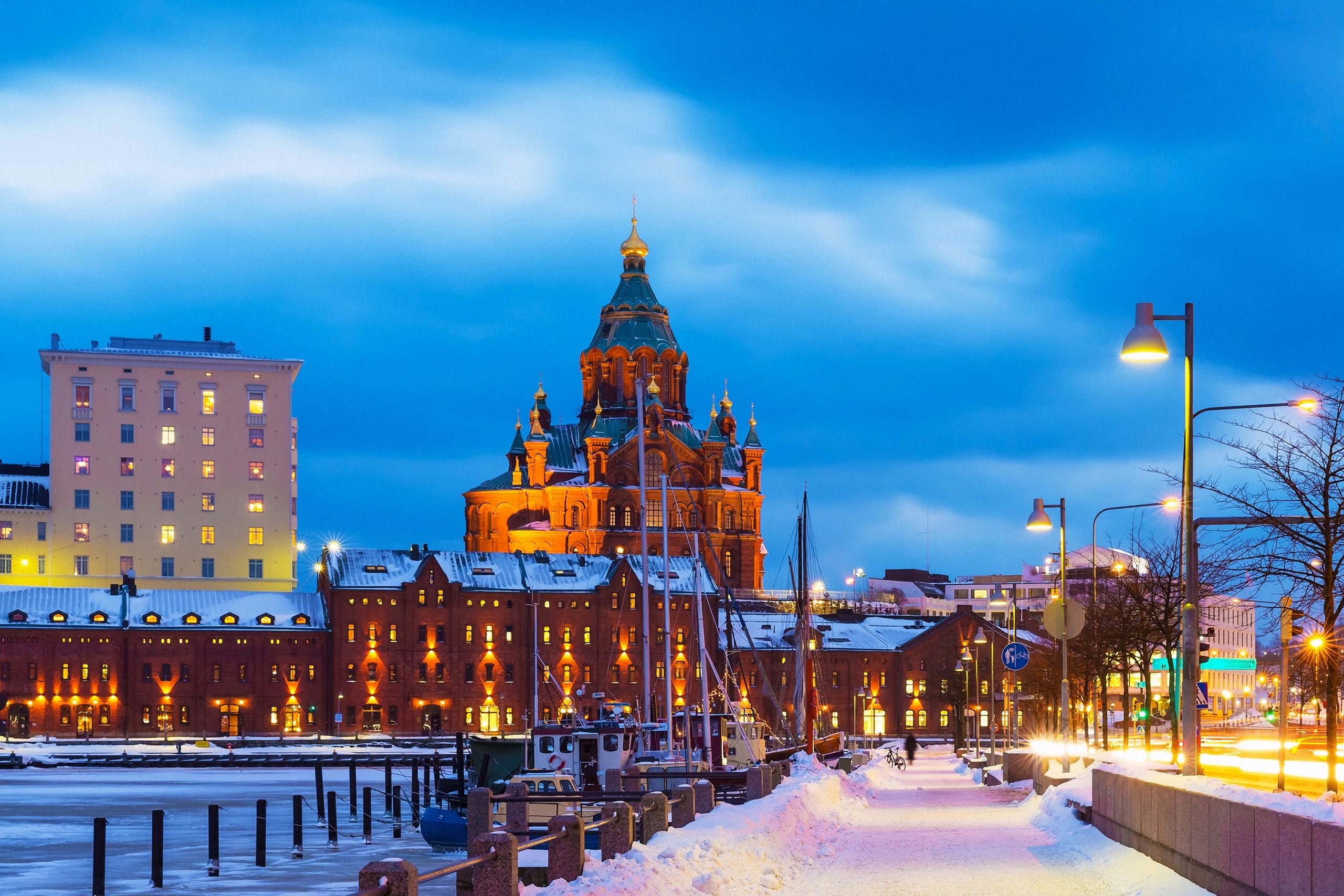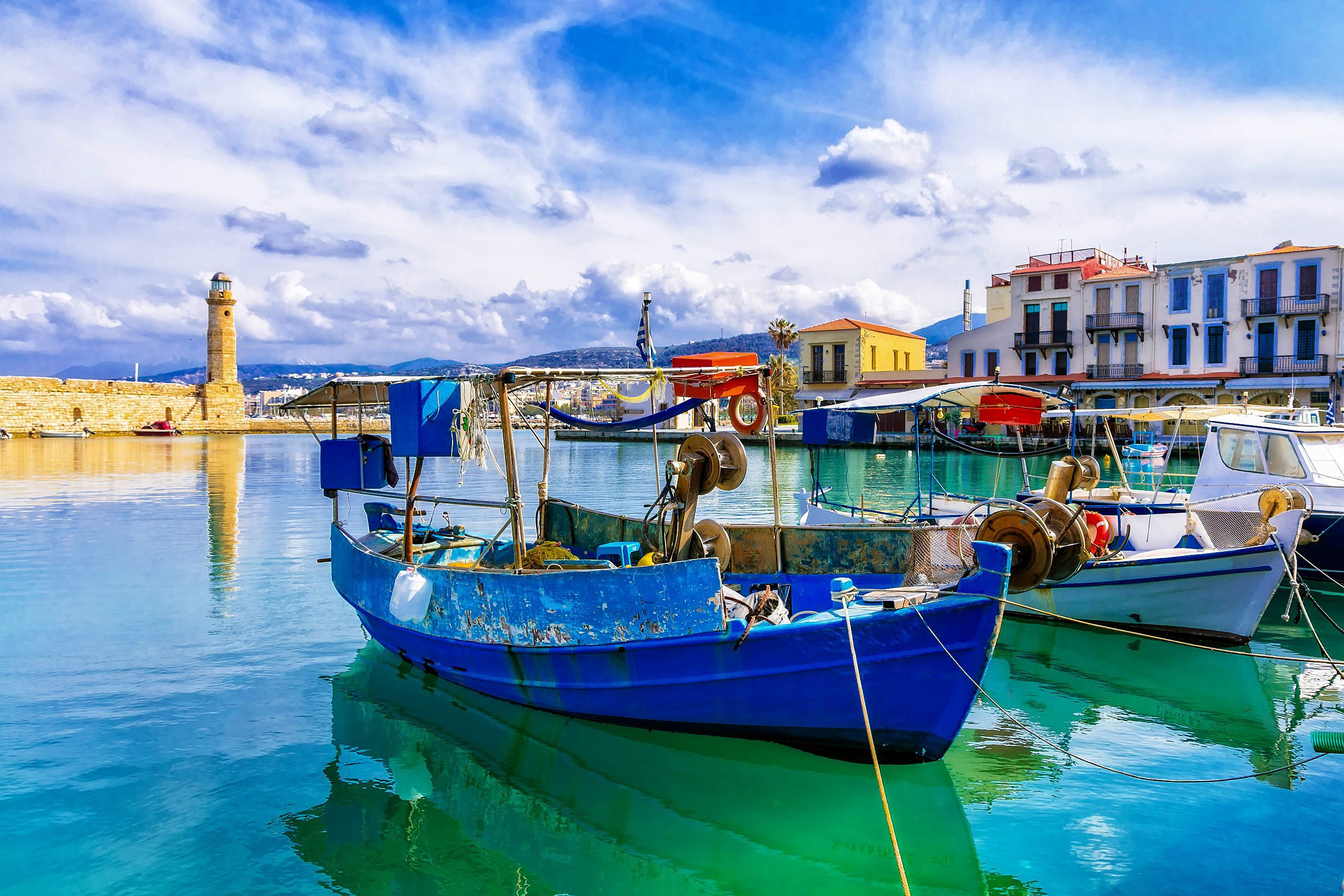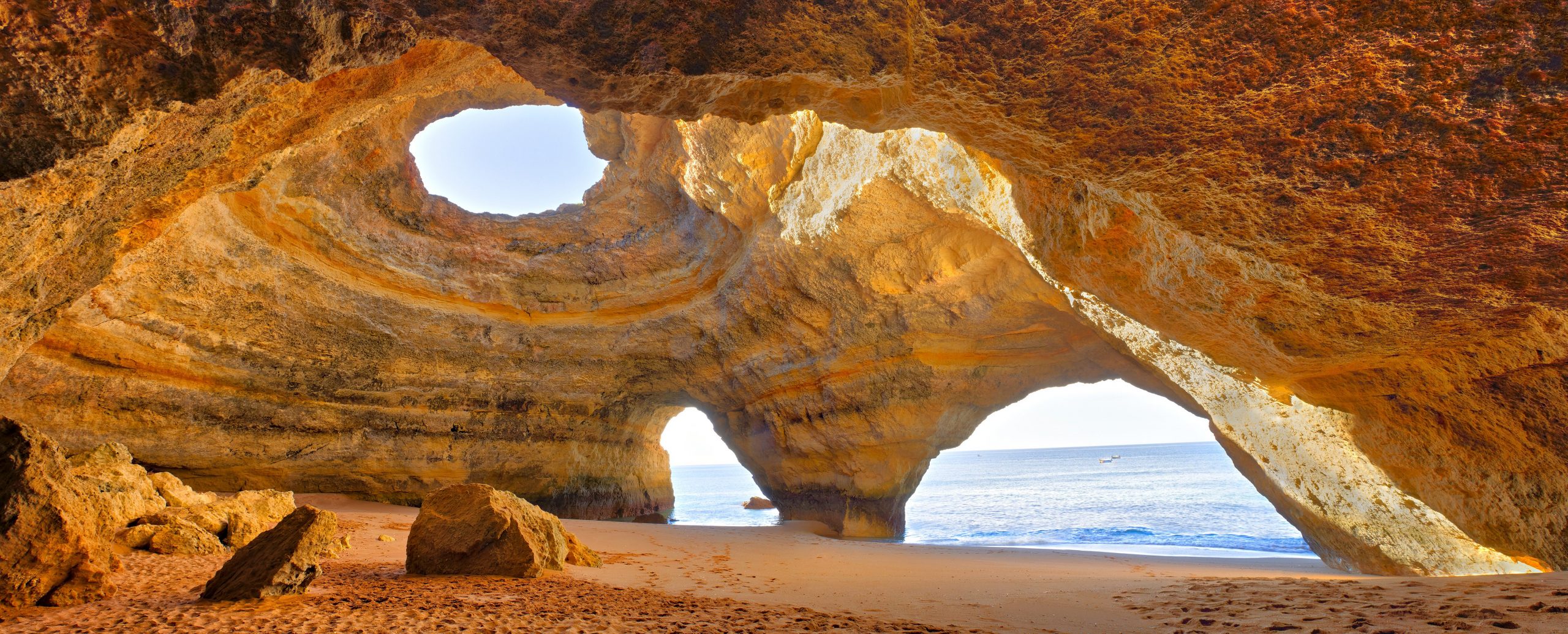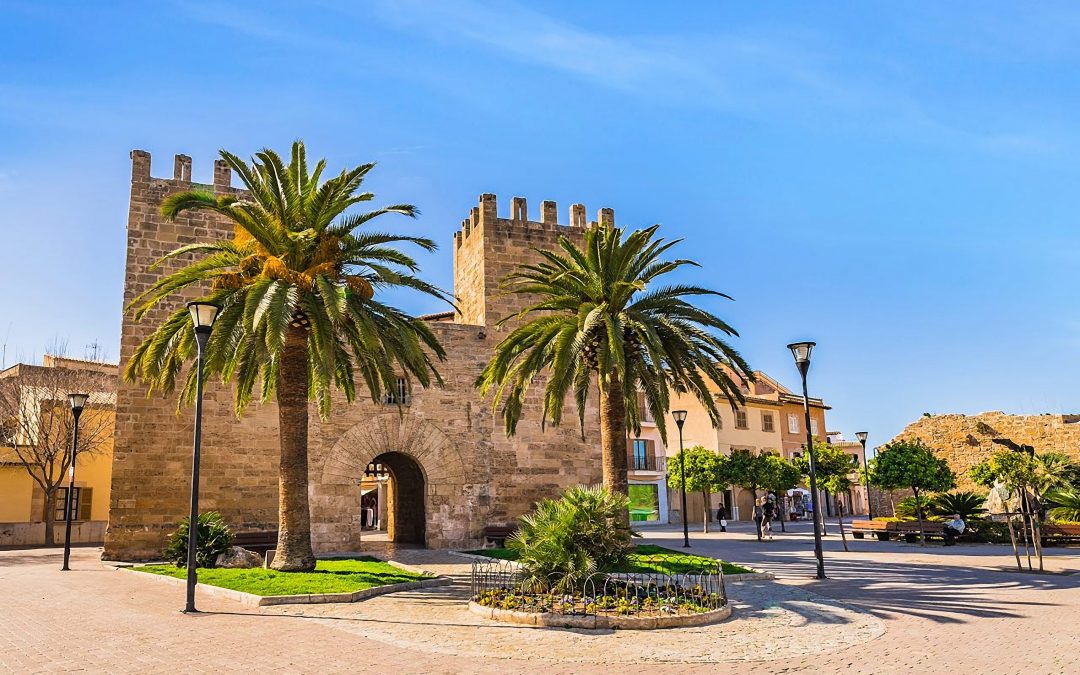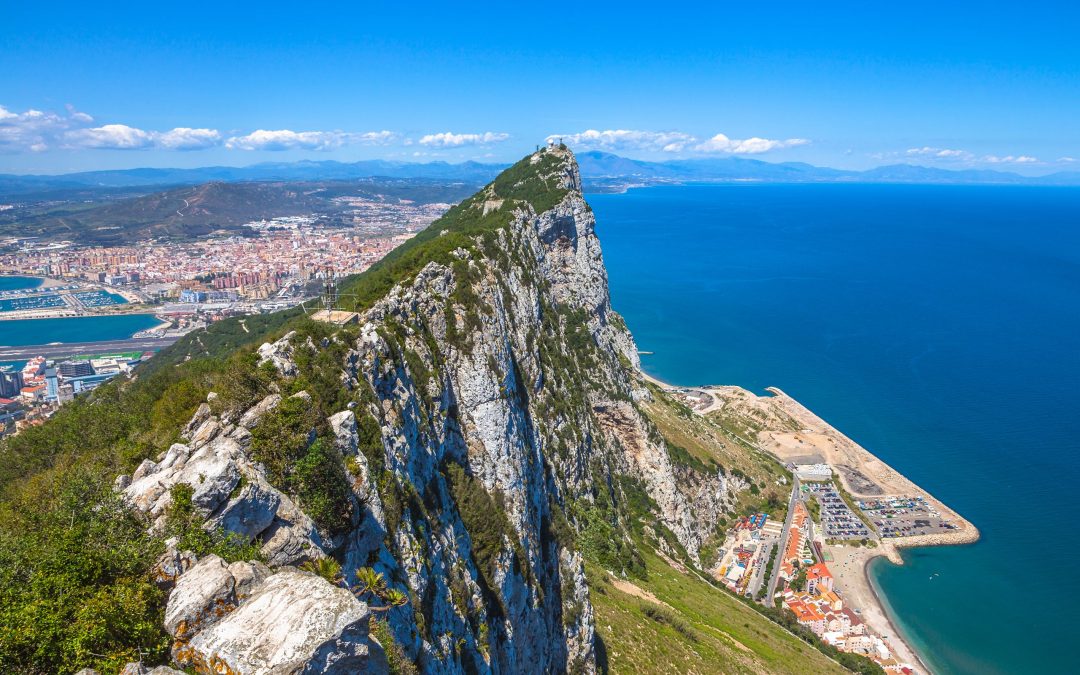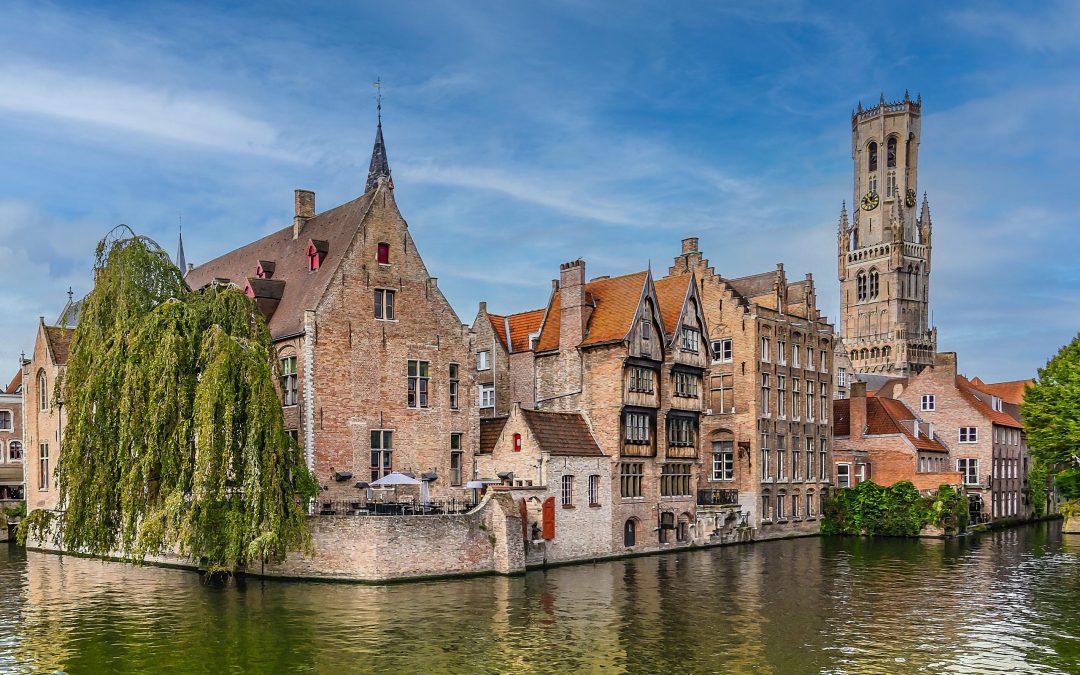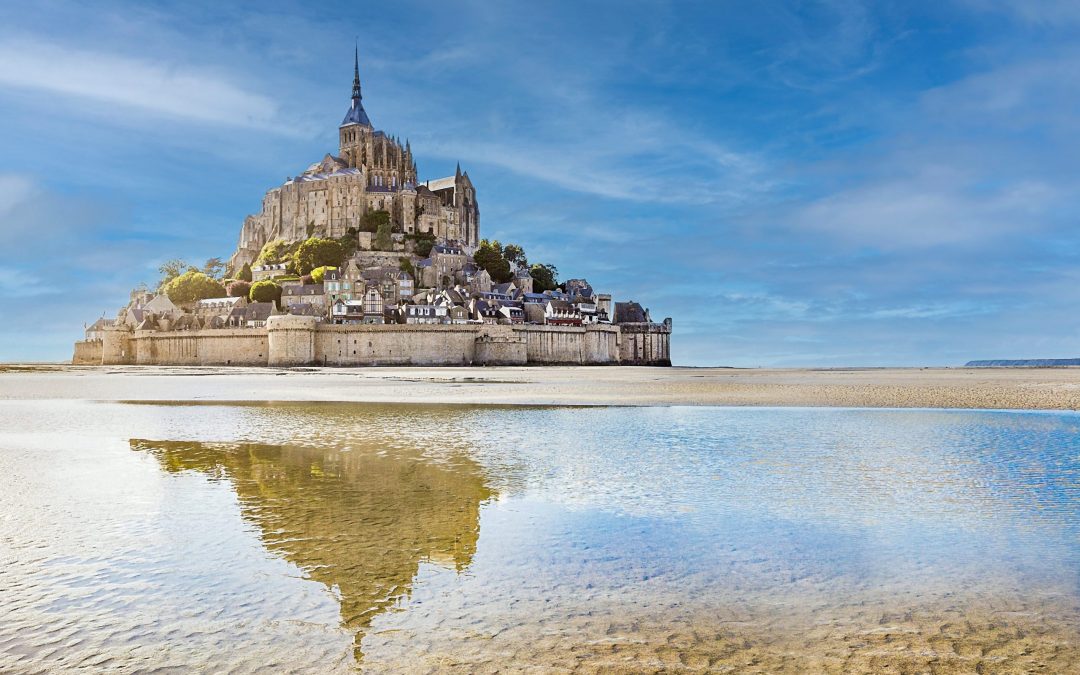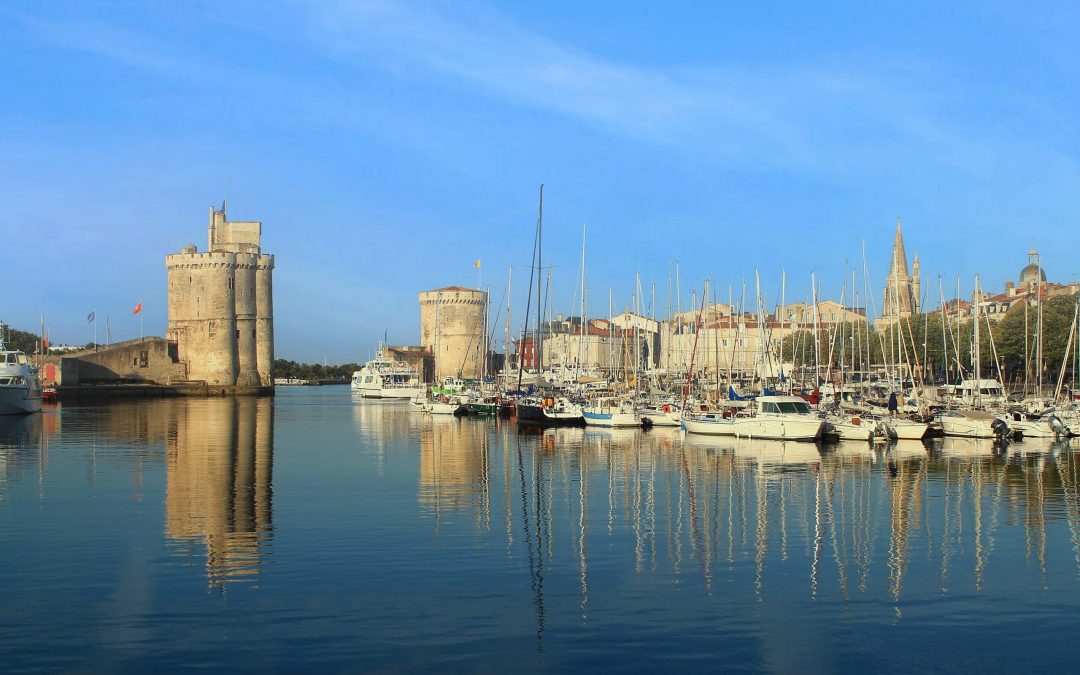
Smartphone Photography
Unleash your smartphone’s camera capabilities and capture stunning photographs effortlessly. Equipped with multiple lenses, your phone offers endless opportunities for creative smartphone photography. Experiment with unique angles and perspectives to capture breathtaking landscapes and vibrant cityscapes.
Don’t hesitate to focus on objects in the foreground, adding a touch of bokeh to the background. Embrace the art of photography by seeking interesting subjects and creating dynamic compositions. With the right lighting, such as the soft hues of mid-morning or afternoon, your smartphone transforms into a professional tool, delivering remarkable and captivating images. Let your inner photographer shine as you capture the beauty of the world around you.
- Look for a unique perspective by angling or tilting the phone to alter the perspective.
- Make sure to focus on something, no matter what you are shooting.
- Don’t be shy to focus on something in the foreground, as that may give the background scene a nice bokeh effect.
- Adjust exposure if the scene is too bright or too dark after you tap to focus.
- Take as many photos as you need to get the one you like most.

Dawn over St Malo taken on a smartphone
Use these principles, and you should achieve excellent results in your landscape photography. Remember, photography is all about experimenting, so don’t be discouraged if you don’t get it right every time. When capturing your shot, find an anchoring point such as a church, buildings, interesting rocks, or shells on a beach.
You can also create additional perspective by photographing a person from a distance. Don’t limit yourself to placing the focal point in the middle of the frame; instead, look for a point or subject that complements the scene behind it. It can be objects or people. For a more dynamic composition, bring the camera closer to the foreground subject. Keep these tips in mind to enhance the quality and impact of your photographs.
Time of Day
Experiment with black and white
Discover the limitless creative possibilities of your smartphone by shooting in black and white photography. Step beyond the confines of color and embrace a timeless and classic aesthetic that adds depth and emotion to your breathtaking landscape images. By eliminating distractions and focusing on subtle tones and lighting, even the most delicate nuances come to life, unveiling the hidden beauty within each scene. Let the power of simplicity elevate your smartphone photography.
Use a Tripod
Improve your smartphone photography skills with the Zeadio Smartphone Tripod Mount Adapter. This incredible accessory brings stability and flexibility to your photography, allowing you to capture stunning images effortlessly. Seamlessly connect your smartphone to the wireless remote shutter via Bluetooth.
The Zeadio tripod mount is designed for capturing landscapes and Instagram photos, ensuring you never miss the opportunity to freeze a perfect moment. With its adaptable design accommodating both landscape and portrait setups, the possibilities for your photography journey are endless. Take your skills to the next level with the Zeadio tripod mount and unlock a world filled with endless photographic opportunities.
Choose the right app for the job
Capture breathtaking photographs with ProCam X lite, the ultimate mobile photography tool that elevates your creativity to new heights. With complete control over exposure, focus, white balance, ISO, and other advanced camera features, ProCam X lite unleashes the true potential of your smartphone’s camera capabilities.

